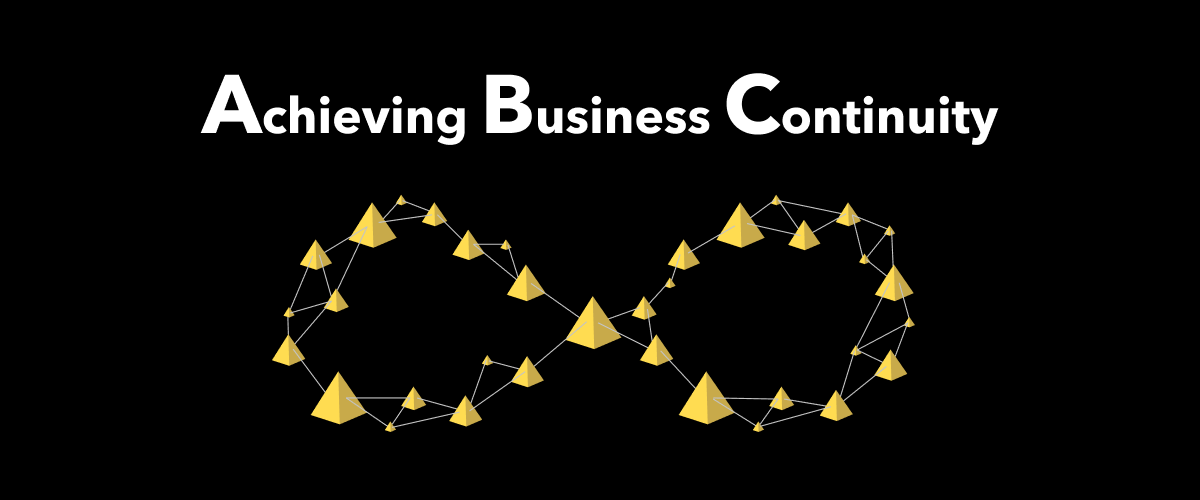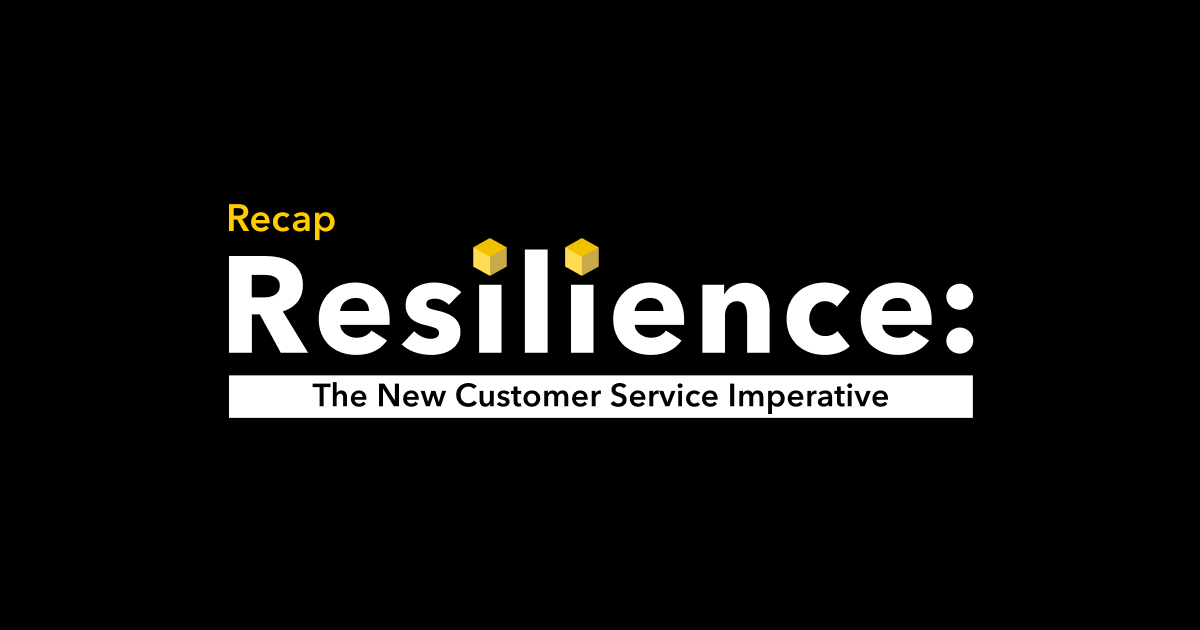Achieving business continuity — or ABC for short — can be challenging for customer support organizations. While the pandemic certainly highlighted the need for more resilient support models, CX leaders have always struggled to forecast support volume with 100% accuracy and quickly scale operations to meet rapidly rising customer demand. Even with a trove of data to use for forecasting, unforeseen events — like a service outage, product issue, or even a global health crisis — can be lurking around the corner to obliterate even the best support volume predictions and plans. On top of that, self-service support methods only go so far and it’s challenging to ensure you have enough qualified contact center agents on deck to properly handle any unexpected surges.
Rather than attempting to perfect current prediction models, CX leaders should seek an alternative workforce strategy to deliver the flexibility and scale they need to achieve true business continuity and deliver greater service results. Here, we’ll outline the steps CX leaders should take to ensure their organization and workforce are set up for success.
Understanding the gaps in your current support model
The first step in achieving true business continuity involves understanding where you may be falling short, identifying the gaps in your current support model, and outlining your improvement and continuity goals. Primary areas of focus and questions to ask yourself include:
Budget and Resource Allocation — How much are you currently spending on BPOs versus in-house support agents? Where have you seen the most return on your investment? Is there a notable difference in performance between the two labor forces? Are you open to exploring alternative workforce models?
CSAT Status — How are you measuring customer satisfaction across each support channel? Are there any new (digital) channels that could make a notable impact by increasing overall customer satisfaction?
Support Channel Offering — Are you able to communicate with your customers via their preferred channel(s)? Are you offering asynchronous support or leaving your customers stuck in the queue? For each support channel, look at your current ticket resolution or time-to-first-response to see if they are satisfactory. If not, set realistic improvement goals and integrate them into your adjusted strategy. When a Directly telco client started offering support via SMS, customer satisfaction for those who opted for a digital experience via text rose by 50% vs. those who decided to stick with telephone support.
Look for alternative workforce solution providers
If you’re unable to achieve your CSAT or other support goals using a traditional contact center model, it may be time to consider an alternative workforce solution partner. As you do, keep these considerations top of mind:
Scalability and flexibility — Any company you partner with must have the ability to quickly scale to meet your needs to ensure you’re covered during any unexpected surges and can scale down during less busy periods.
Reliability — Your customers must be able to count on you to receive the support they need around the clock. When BPO or in-house agents aren’t available, you can trust that freelance, on-demand experts with deep technical and experiential knowledge can step in to answer a variety of questions, 24 hours a day, 7 days a week.
Security — Keeping customer information secure should be every company’s top priority. Selecting a partner who has the necessary security tools and processes in place is critical in maintaining your customers’ trust and loyalty.
Proof of Concept — You don’t need to blindly trust that a workforce solution partner is right for your company. At Directly, we believe the first step in building a long-lasting partnership and establishing trust in our on-demand expert network is a well-executed proof of concept.
Leverage the power and knowledge of your existing customer base
There’s a wealth of untapped expertise and knowledge among your most loyal customers. While many BPO or contact center agents need to go through rigorous training to understand your product or service, your customers have inherent product knowledge based on their own personal experiences with your brand. In fact, in a recent survey of Directly on-demand experts, 94% are active customers of the brand they support, and over 79% have over three years of firsthand experience with that product or service.
If you’re still unsure whether on-demand experts can stack up against your contact center agents, keep in mind that 67% of Directly experts have previous customer service or technical support experience. With the freelance and gig economy on the rise, companies like LinkedIn, Microsoft and Samsung are all using on-demand freelance experts from their customer community to address support inquiries with greater flexibility at scale.
True business continuity means being resilient
Even with the best support volume predictions in the world, there will always be unexpected challenges and fluctuations in customer demand, which is why organizations seeking to achieve true business continuity are wise to consider a scalable, flexible, on-demand workforce solution to augment their existing contact center or BPO.
Why Directly Experts?
Directly delivers world-class customer service for leading Fortune 500 brands. Captive and outsourced contact center models increasingly can’t keep up with customer service demands, while self-service is only effective at deflecting simple contacts. Directly helps you troubleshoot a wide range of technical issues using on-demand experts. Customers like Microsoft, Samsung, and Airbnb to reduce contact center volume up to 40%, boost CSAT up to 20% and save millions per year. Contact us to set up a demo today.



